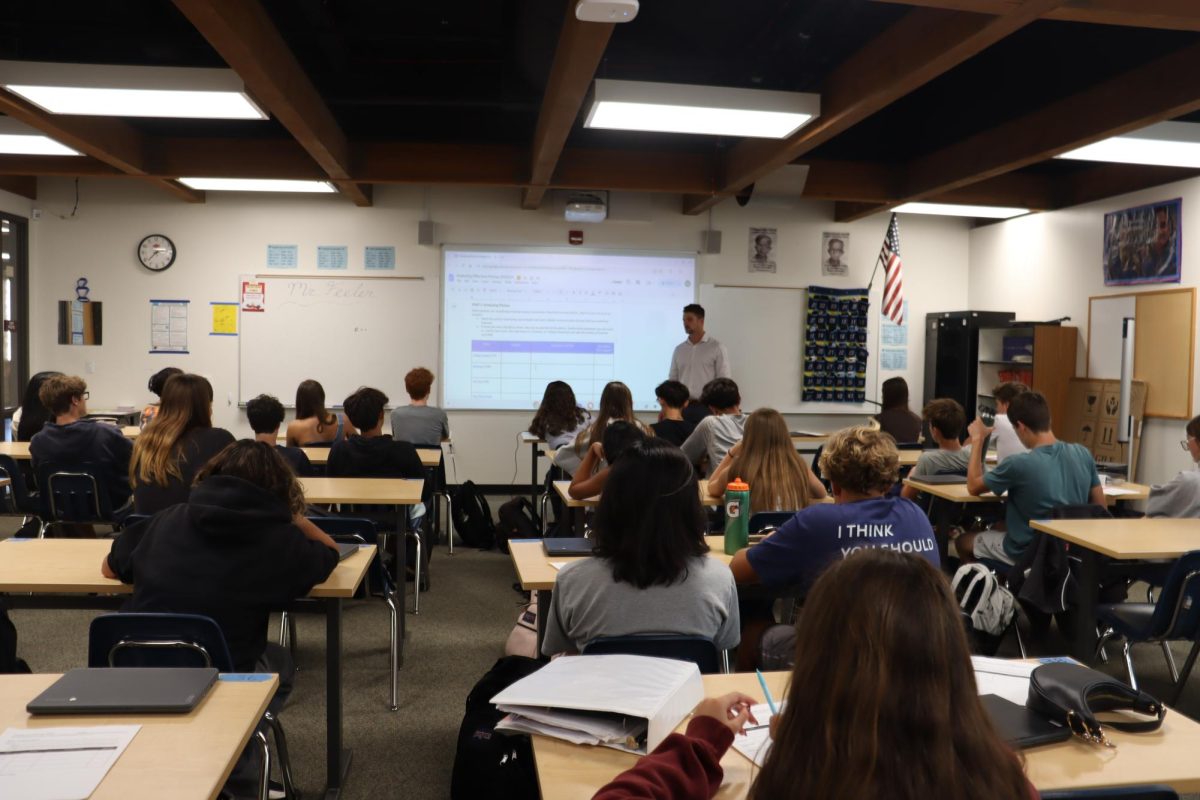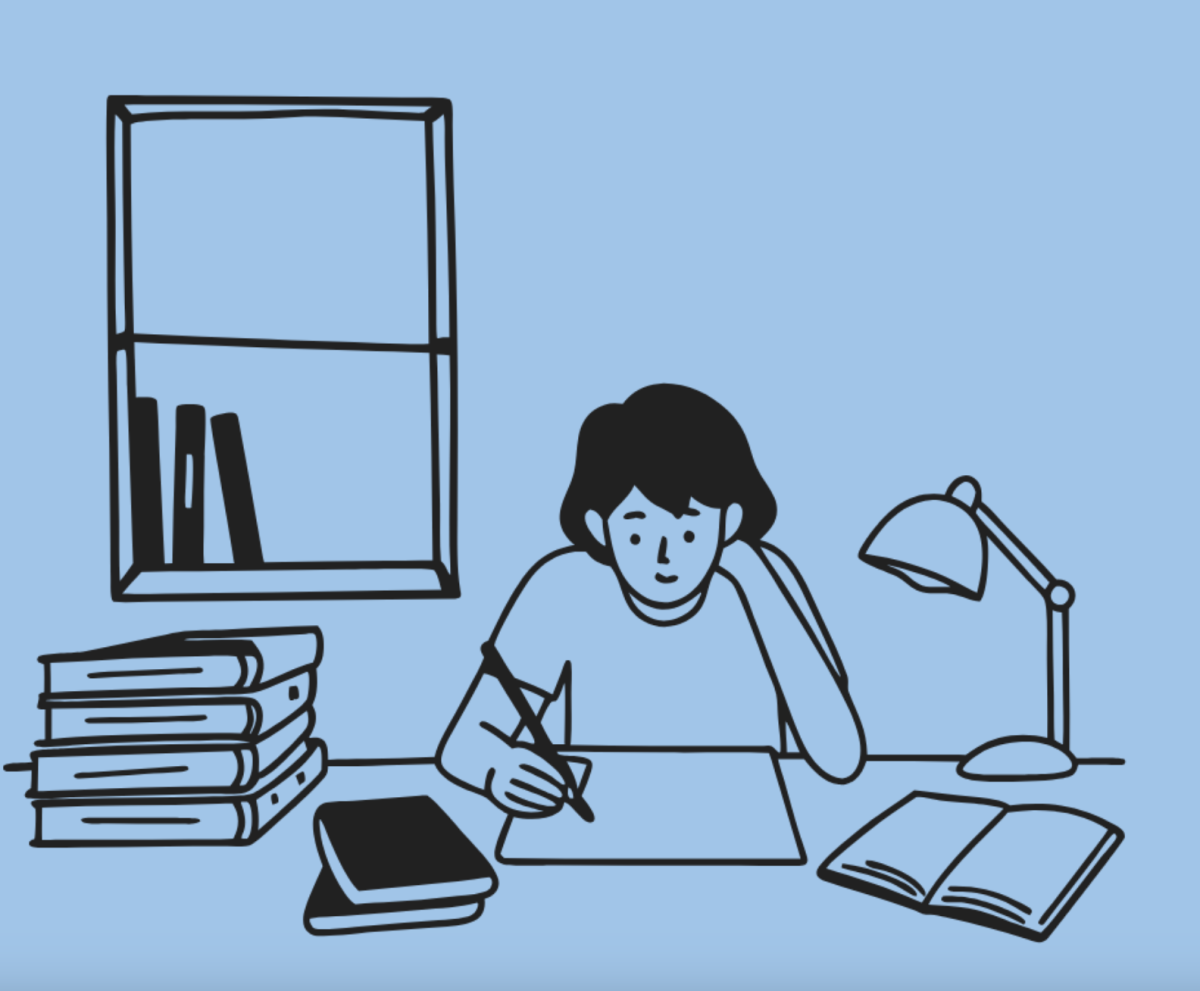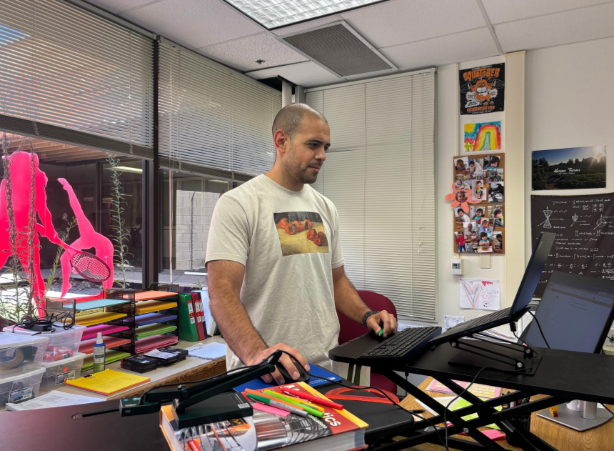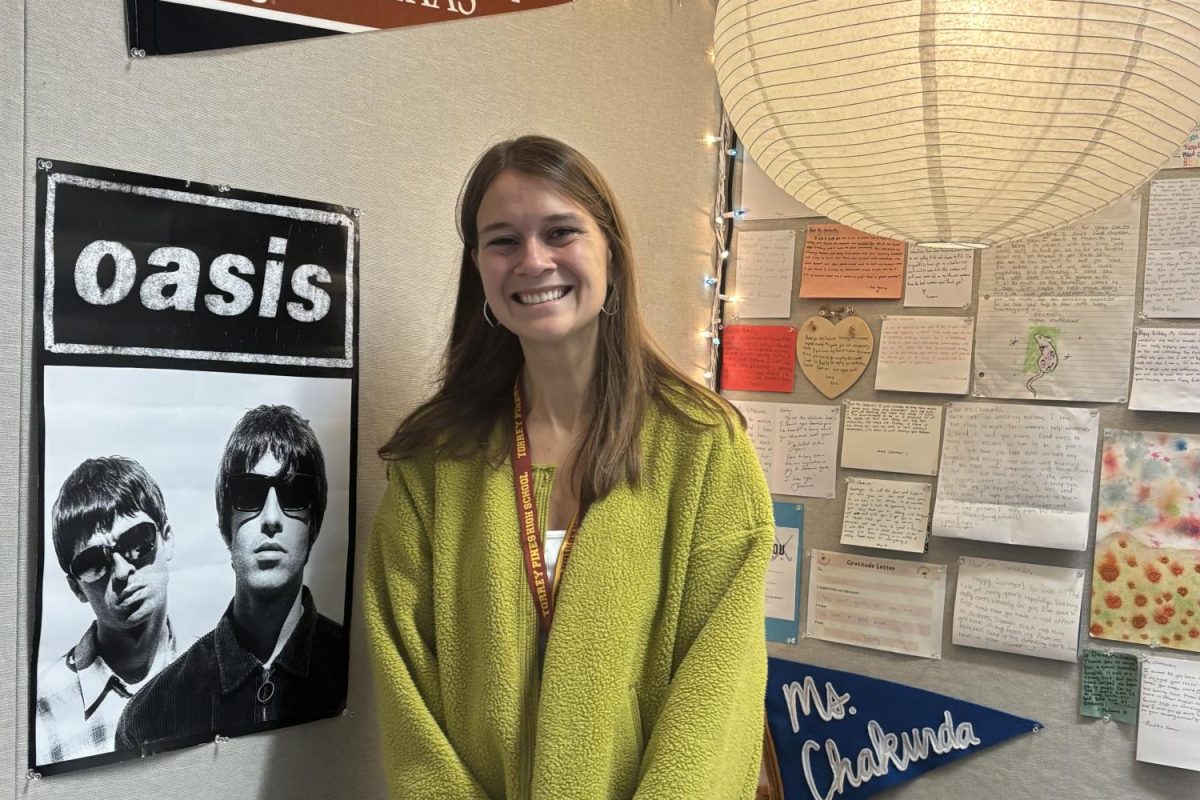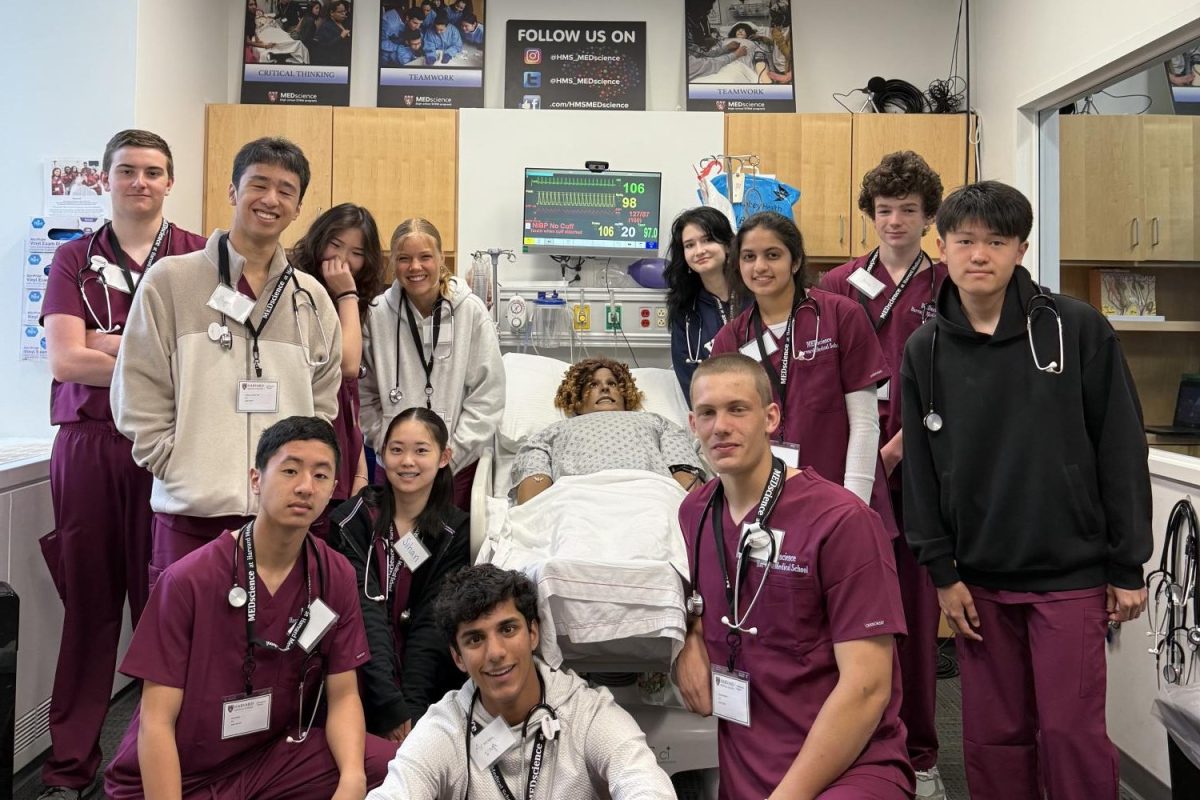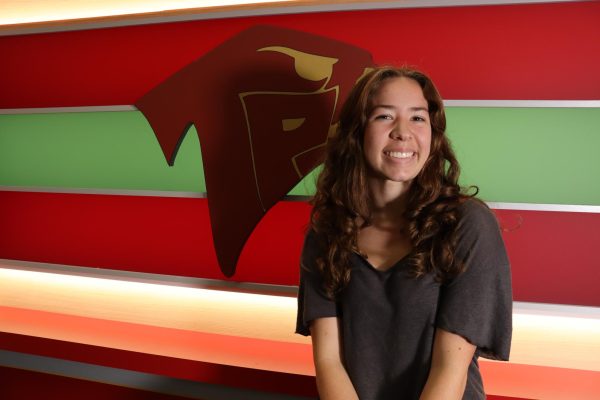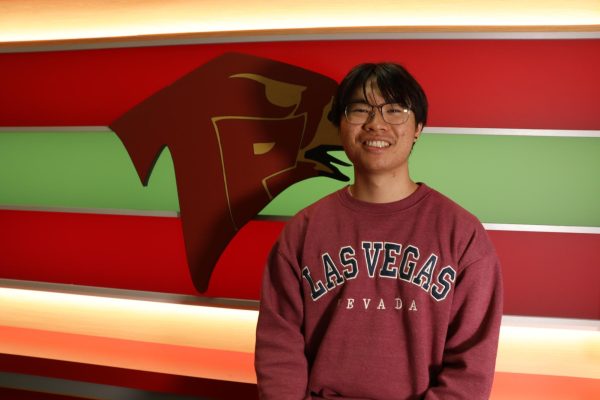With students busy building resumes and connections, juggling a rigorous academic schedule on top of it all can sometimes be a struggle. However, with the help of Dave Farina — more commonly known by his YouTube channel name Professor Dave Explains — students are able to get ahead of their studies by utilizing his STEM-related course videos in their college prep and AP classes. Recently, the Falconer had the opportunity to reach out and ask questions to Professor Dave regarding their channel.
What inspired you to start creating educational content on YouTube and how did it kick off?
[Throughout my time traveling as a musician for a band,] I was just substitute teaching and tutoring chemistry, and then eventually I got a job lecturing organic chemistry at a trade university, and I did that for several years. So I thought, “Why don’t I take my organic chemistry lectures and just record them to camera and put them online?” I got a really positive response right away back in 2015, and that made me think, “Okay, I’ll try some more.” So I did general chemistry videos with a green screen and did animations and everything, and then biochemistry, and then it just kind of started to really take off, so I thought, “Well, let’s really see where I can go with this.”
How does your creative process tie into working with others in your production team?
There’s honestly not that much creativity regarding collaboration in making the videos. I just find someone that I think is qualified and skilled enough to write the script, and then I let them do their thing, and then I go through it and make some small edits to make it a little tighter and fit my voice and everything. The only elements of creativity arises when I do the post-production. So I mean first, I narrate the script, edit it and then bring it into Adobe After Effects, and that’s where I have to do the visuals. So there is an element of creativity because I’ve spoken the words and now I have to figure out how to represent them visually. Sometimes it’s very simple, just image and text image, but sometimes I have to come up with interesting visuals.
And so, I don’t actually plan them when the script is written. I do what I feel like doing in the moment when I’m animating. Other people probably don’t do it that way, and I don’t know if it’s the wisest way to do it, but it’s the way that I like to do it. I want the script to be the script without having to think about what the visuals would be.
How do you determine and convey the sweet spot between actually educating and keeping viewers engaged?
I really focus on just conveying information efficiently, succinctly and clearly because I think that if you do that, the viewer is engaged, right? If they are having a productive learning experience, if they’re receiving information and comprehending the information, that’s the engagement.
I stay away from any kind of gimmicks; I don’t use little songs and characters. I do that partially because that would take so much time and effort and money to do, so I keep it pretty simple.
Do you view operating your business as somewhat of competition with other content creators, like Crash Course and Heimler’s History? How do you get around that?
I seem to have found a niche in terms of the production style that few others are doing. When I started making content, I just glanced at what was on the landscape and I saw Khan Academy and other tablet-style learning with really long lectures; basically a tutoring session on YouTube. Then I saw Crash Course and how it was really highly stylized, highly produced content that I knew I wouldn’t be able to pull off, and I just wanted to split the difference.
I just went right down the middle and kept it very academic and pure but also a little bit more palatable visually than the tablet stuff. In almost a decade, I really haven’t seen almost anybody else mimic that style strangely.
I don’t know why that suits me so much, but I seem to have gotten a pretty good response with it from students who are studying. But mine’s a lot shorter and it’s a little easier to watch than, you know, somebody scribbling on a tablet.
Has your experience working as an educator played a role in how you create content within STEM-related subjects?
Totally. I talk about chemistry at both the high school and undergraduate level and I also had to go through that learning process myself, so I know what that class is like as a student [and] as a teacher. I know what they have to learn; I know how they tend to learn it; I know what the common comment pitfalls are; I know what the common questions are.
For students who may be feeling passionate about starting their own educational channel, what advice would you give them?
If you feel the itch, definitely go for it. I started my channel when I was 31, so I mean not old by any means, but you know, sometimes I really wonder if I had started five, six or seven years earlier where I’d be right now?
You can look at what other people are doing and try to emulate something, or you can just take the tools that you have and make whatever it is you’re able to do. It doesn’t have to be fancy, and definitely don’t worry too much about it being this shimmering pristine thing. I’ve improved enormously, and I’ve gotten so much better over time [since my first video], and whoever it is that wants to try this will too. Just just go for it. Don’t worry too much about any hang-ups or limitations. Just make the best thing you can make today, and tomorrow, you’ll make one that’s a little better.
What is a fun fact about you?
My parents are Italian immigrants, so I speak Italian fairly well. I made Italian content for the channel, because my mother is an Italian professor, so she actually gave me kind of her curricula, and we made [the video series] together a little. I was also a competitive swimmer, and I play piano and drums.


